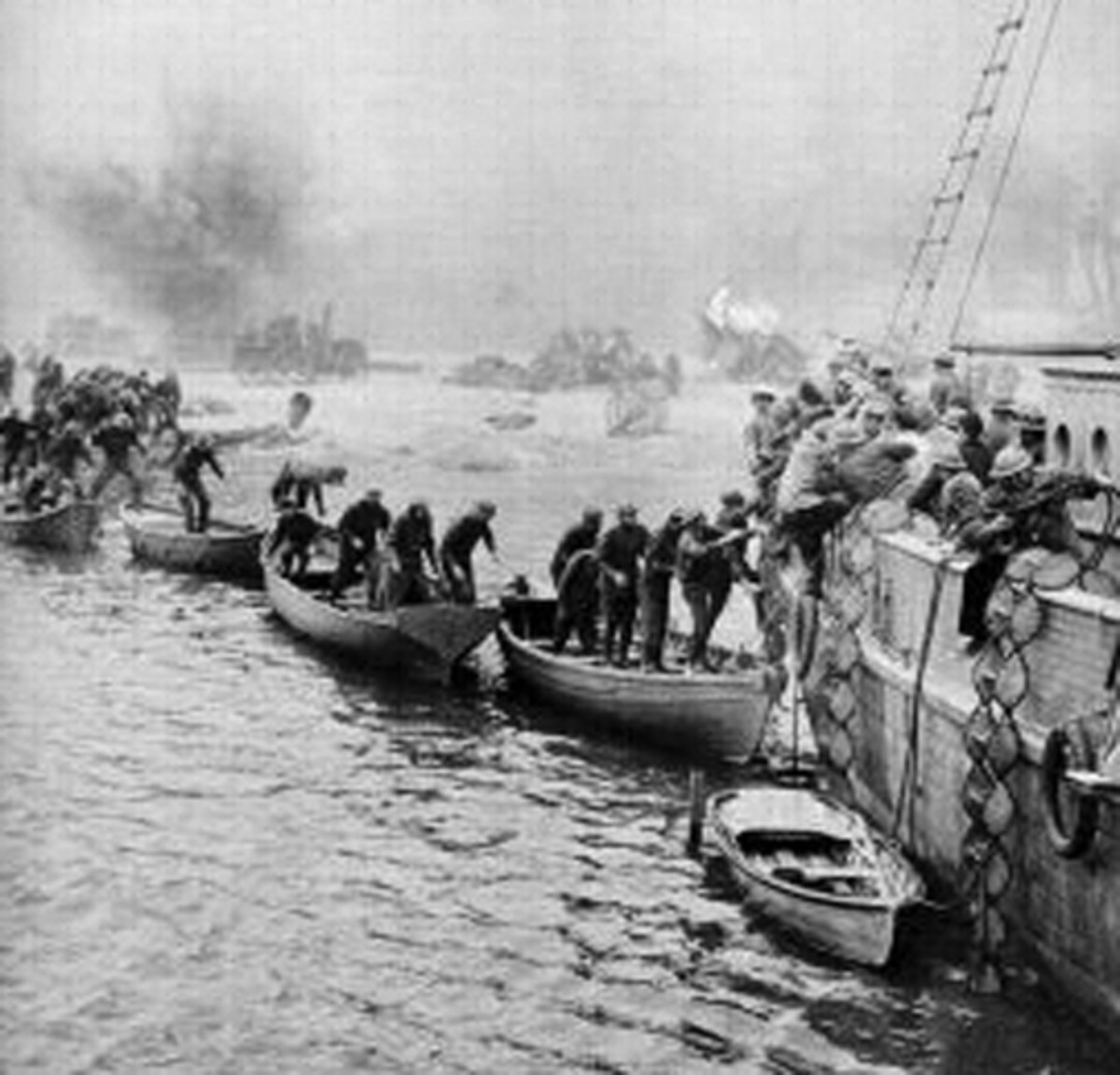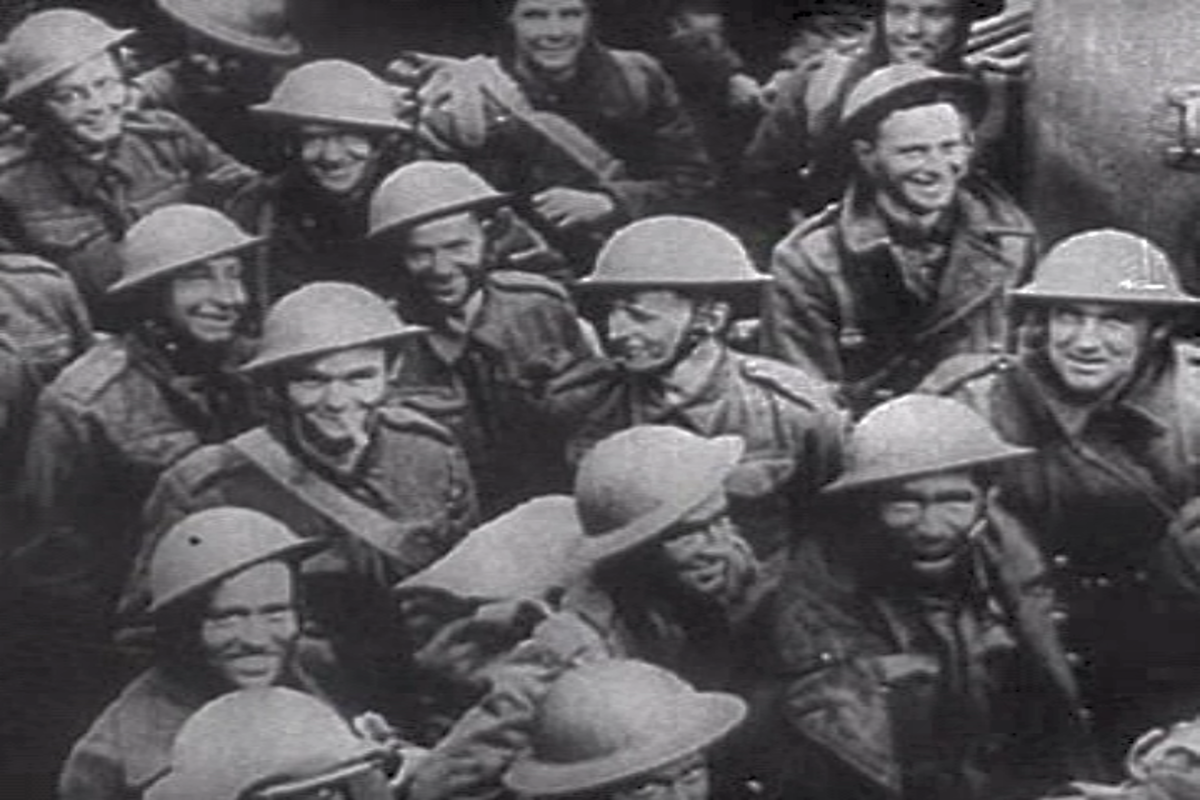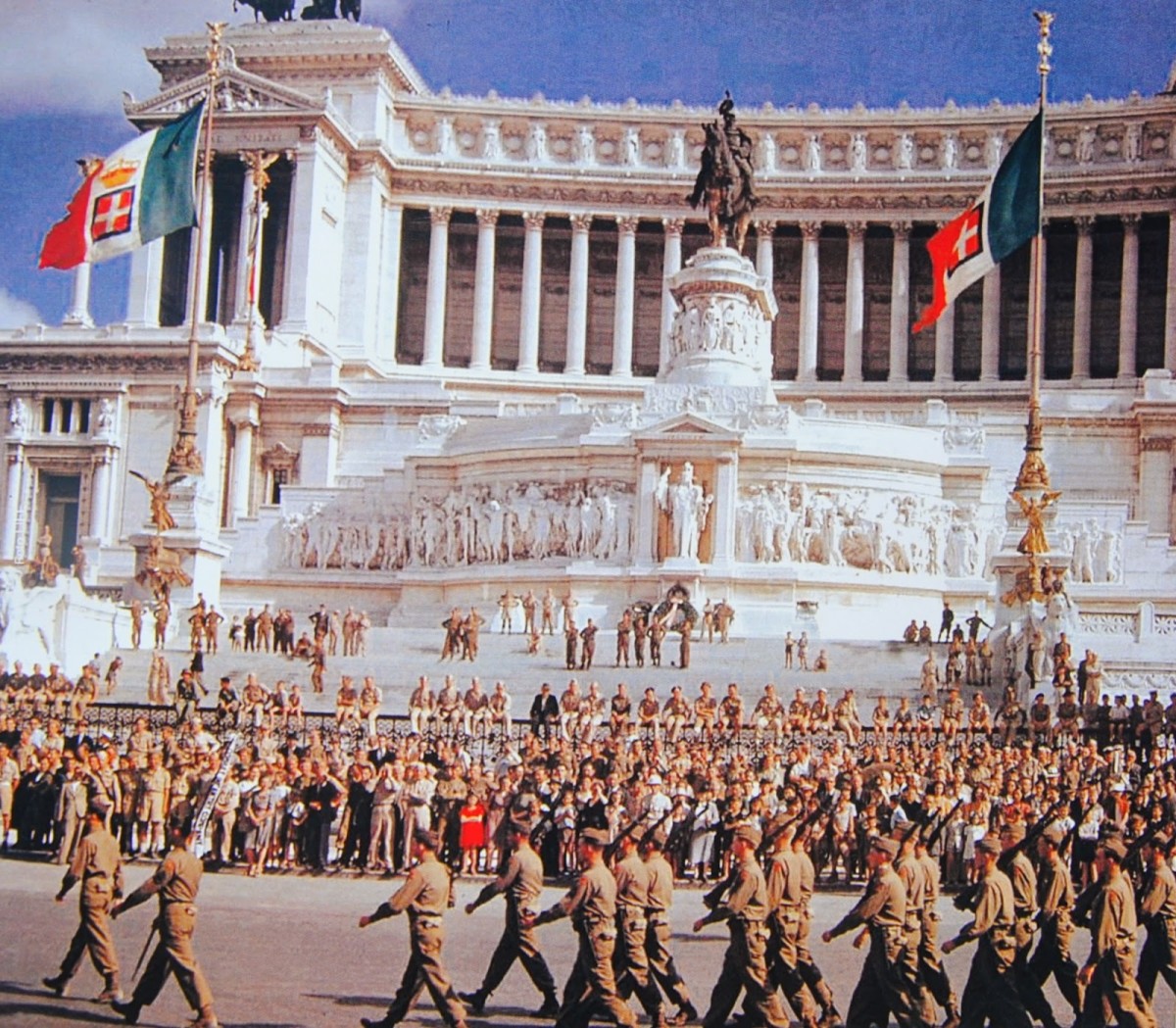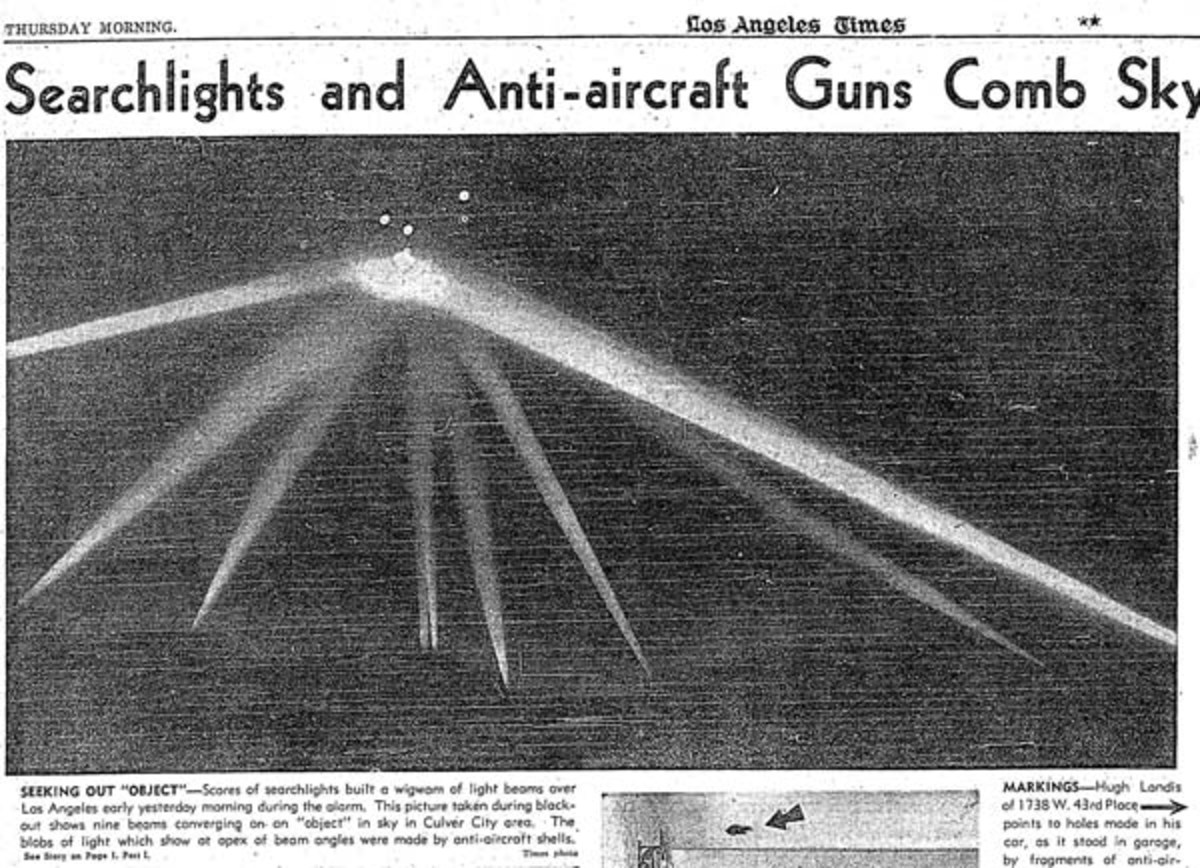- HubPages»
- Education and Science»
- History & Archaeology»
- History of the Modern Era»
- Twentieth Century History
Second World war evacuation and problems caused by it
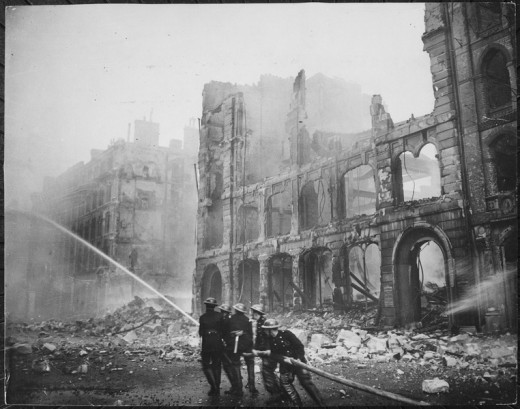
The Second World War saw the mass evacuation of children from inner city areas deemed targets for enemy bombers. Many children from Liverpool were evacuated to rural areas in Wales where it was believed they would be safe.
The main emphasis of the evacuation teams was to get the children out of the cities and into the countryside as quickly and as safely as possible. On arrival in the countryside those offering homes were shocked by the condition of the evacuees. The city of Liverpool became known as Plimsoll city because most of the children from that city wore shoes that were light weight, cheap and of poor quality. It was not only Liverpool, other rich cities such as Manchester sent its children away to safety in rags.

Clothing riddled with lice and bugs
Complaints to the Board of Heath ranged from the poor condition of the clothing and the clothing that was worn being so riddled with lice and bugs that it was only fit to be destroyed. I think some of us may have heard of the phrase “sewn in for the winter” and yet some children arrived at their new homes literally sewn into a piece of calico with just an old coat for outer wear.
Many of the children who were evacuated had parents who had been unemployed for the best part of the decade- there was more unemployment in the cities than in the rural areas. Clothes were bought and sold through the pawn brokers and many a child’s boots were pawned to provide a family dinner. Many families relied on clothing clubs to buy clothes which allowed weekly payments for overpriced poor quality items.
Receiving families were often shocked not only by the quality but the quantity and suitability of the clothing that the children had brought with them. A report to the Ministry of Heath recorded that many little girls from Liverpool and Manchester had never worn knickers, had pyjamas or possessed a top coat or “best outfit”.
What to pack on evacuation?
Teachers sent letters home to parents telling them what they needed to pack. The overarching condition was that the clothing should be clean, darned (without holes) and that the children should be clean.
The list included
- 2 vests
- 2 shirts
- 2 underpants
- 2 pyjamas
- 2 jumpers
- wellington boots
- sturdy shoes
This was more than a lot of the poorer families owned in the way of clothing.
Shock News! It gets cold in the winter!
Children living in rural areas needed warm clothing for the winter and foster parents helped where they could- often not wanting to discriminate evacuees from their own children – some received help from charities but the problem was too big for individuals and charities to solve. As winter approached the government realised it had left vulnerable city children in the countryside with worn out shoes and tattered clothing.
Government Funding
The solution to this problem was government funding. In November 1939 the Ministry of Heath issued Circular 1907 (7/11/39) to Local Authorities about the provision of clothing and footwear to evacuees. The circular stressed the need for parental responsibility in the provision of clothing and highlighted hep available from the poor law, the Unemployment Assistance Board and the Voluntary Sector. What was different to this circular was the provision for head teachers to report short comings in clothing to their Directors of Education. The Directors had been given a cash sum by the Ministry of Health and were secretly to use this to provide footwear and clothing for those who were short of sufficient clothing to see them through the winter. However the scheme was not a quick solution, Once the Headmaster of the receiving school had reported the child to the sending Director of Education the authority would send an inspector to ascertain from the parents if they could provide suitable clothing,- a means test was made so that any contributions, however small were made by the parents. The scheme took so long to deliver that many foster parents relied on what they and their friends and families could do to help the children.
This system lasted until the start of the major bombing campaigns in London in September 1940. The emphasis changed from trying to ensure that parents paid wherever possible to ensuring that the need for adequate footwear and clothing for the evacuated children took priority. Local Authorities ran their own clothing schemes with larger budgets and worked in partnership with organisations such as the Women’s Voluntary Services. Teachers were asked to constantly review the quality of their pupils clothing and make repairs as needed from funds that they were allowed to hold. From June 1941 this task became even more complicated as they needed to collect clothing coupons for any clothing given to the evacuated children.




